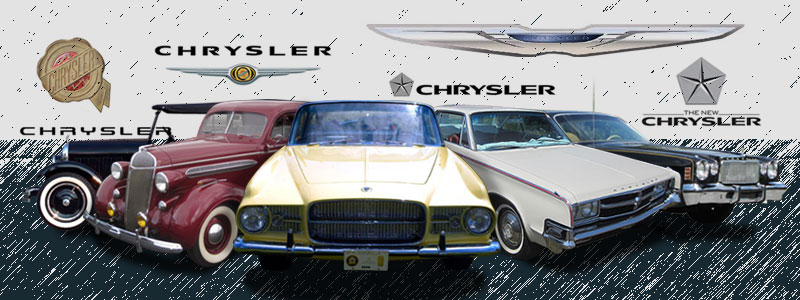|
Founded by Walter Percy Chrysler in 1925 by
using what was left from the Maxwell Motor Company.
Chrysler wanted to compete with General Motors,
and so needed to create a range of product lines
in sync – thus in 1928 a multi-tiered range
would be introduced, Plymouth at the lower end,
DeSoto in the lower-middle, then Dodge and Imperial
at the upper end with Chrysler being the flagship.
As if shuffling deck chairs on the Titanic, management
could never decide just where each division sat
within the Chrysler empire, and by the end of
the 1930’s the order had been changed (from
lowest to highest) to Plymouth, Dodge, DeSoto,
Chrysler and Imperial. The 1934 Chrysler Airflow
was somewhat of a revolution in automobile design,
the beautifully elegant streamlined body being
designed in the auto industries first ever wind
tunnel to meet aerodynamic principles. There
are plenty of cars throughout the Unique Cars & Parts
gallery pages that have proven to be too far
ahead of their time for their own good, and the
Airflow was such an example.
Despite the divine
looks and streamliner appearance, it was the
lower ranked Plymouth and Dodge divisions that
would help secure the companies tenure through
the depression era. During these tough economic
times, only Plymouth would make an increase in
sales, while the company would create a formal
parts division under the Mopar brand (short for
Motor Parts). After so much effort and financial
investment had been put into the spectacularly
unsuccessful Airflow, Chrysler opted to take
a far more conservative approach to later iterations,
although the 1942 DeSoto’s did feature
a remarkable hidden headlight system.
Engineering
advances would see the introduction of the wonderful
Hemi V8’s in 1951, and in 1955 Chrysler
unveiled the Forward Look style penned by Virgil
Exner. Wonderful models would follow, including
the 1957 Plymouth Fury and 1957 Chrysler 300C.
In 1960 Chrysler introduced unibody construction,
the first of the big three, then the new compact
line of Valiant’s would win critical acclaim
(and none more so than in Australia). By 1966
Chrysler had expanded into Europe by acquiring
the British Rootes Group along with Simca of
France, to form Chrysler Europe. In hindsight
this was not such a good move, industrial problems
afflicting the British auto industry would take
a heavy toll on the once great Chrysler conglomerate. It would be forced to sell the Simca division,
despite it turning a handy profit, to PSA Peugeot
Citroën in 1978. The downfall had begun,
but thankfully a 1998 merger with Daimler Benz
would ensure the survival of the marque.
|
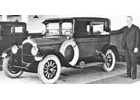 |
|
1924 - 1931
Walter P. Chrysler wanted the Chrysler Six to be a light vehicle, seat five passengers, and be economical to own and operate. He wanted it to be a model of durability and performance. More >>
|
 |
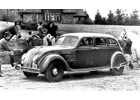 |
|
1934 - 1937
Their engineers found that then-current two-box automobile design was so aerodynamically inefficient, that it was actually more efficient turned around backwards. More >>
|
 |
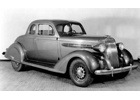 |
|
1935 - 1937
While the Chrysler Airflow marked a radical departure from typical 1930’s designs, the Airstream represented a mild makeover of the 1933 “CO” amd 1934 “CA” models, albeit with a more flowing and streamlined design – something to ensure Chrysler dealerships throughout the USA literally had “something for everyone”. More >>
|
 |
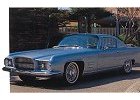 |
|
1960 - 1962
Perhaps the most collectable Chrysler in the world, the
Ghia L6.4 has all the trademarks of a truely desirable
classic automobile. More >>
|
 |
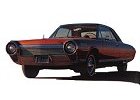 |
|
1963
Several car manufacturers experimented with the idea of
developing a Gas Turbine car, but none got nearer to developing
a fully blown production model than Chrysler. More >>
|
 |
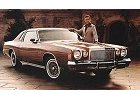 |
|
1975 - 1983
The Chrysler Cordoba first appeared in 1975, a twin of
the detuned, depowered Dodge Charger. Amusingly, it
was originally meant to be a Plymouth, rather than
a Chrysler; that was a last-minute change. The Cordoba
was a B-body, one step in size above the entry-level
Valiant A-body, but below the C and D bodies that
usually wore the Chrysler badge. More >>
|
 |
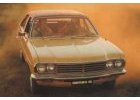 |
|
1975 - 1977
Based on the French "Simca", the Centura was considered
by many to be too little too late, being released in
1975, some 8 years after the Torana and TC Cortina had
made inroads and established their market share. More >>
|
 |
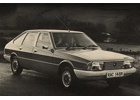 |
|
1975 - 1980
The Alpine - also called the Simca 1307/1308/1309 (depending on the mechanical specification) in France and other European countries - was a classic front-drive, medium-sized, five-door hatchback family saloon. More than just a well-planned and versatile model, it was hoped that it would be so good, it would ultimately be the saviour of Chrysler UK Ltd. In 1976 the company was in a desperate commercial and financial crisis, with a range of ageing models, falling demand, and nothing coming along to retrieve the situation. More >>
|
 |
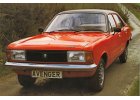 |
 |
1976 - 1979
In 1976 Chrysler decided to market the Avenger under
it’s own name, and at the same time gave the
car a comprehensive makeover. The new frontal treatment
featured squared off headlights, while at the rear
the distinctive “hockey stick” style tail
lights were dropped in favour of more conventional
units. More >>
|
|
